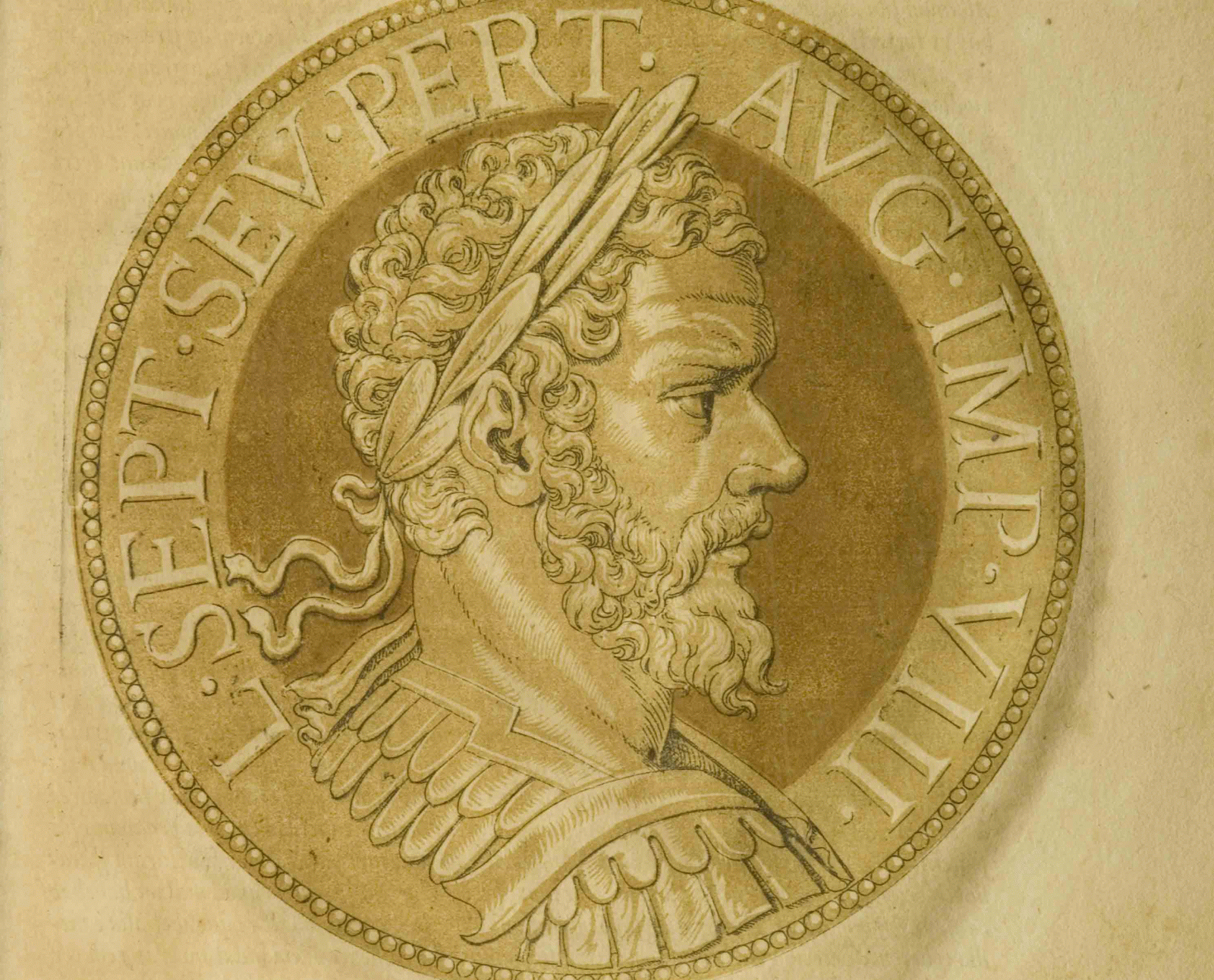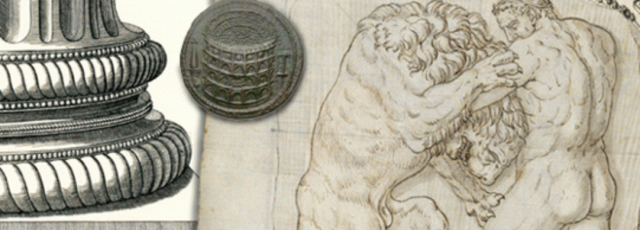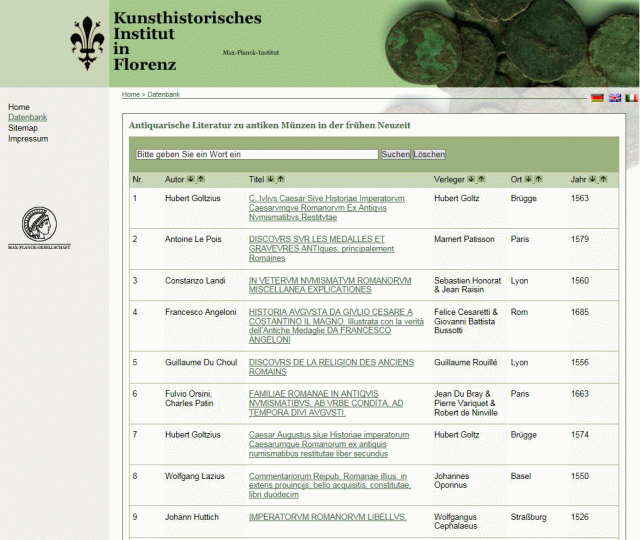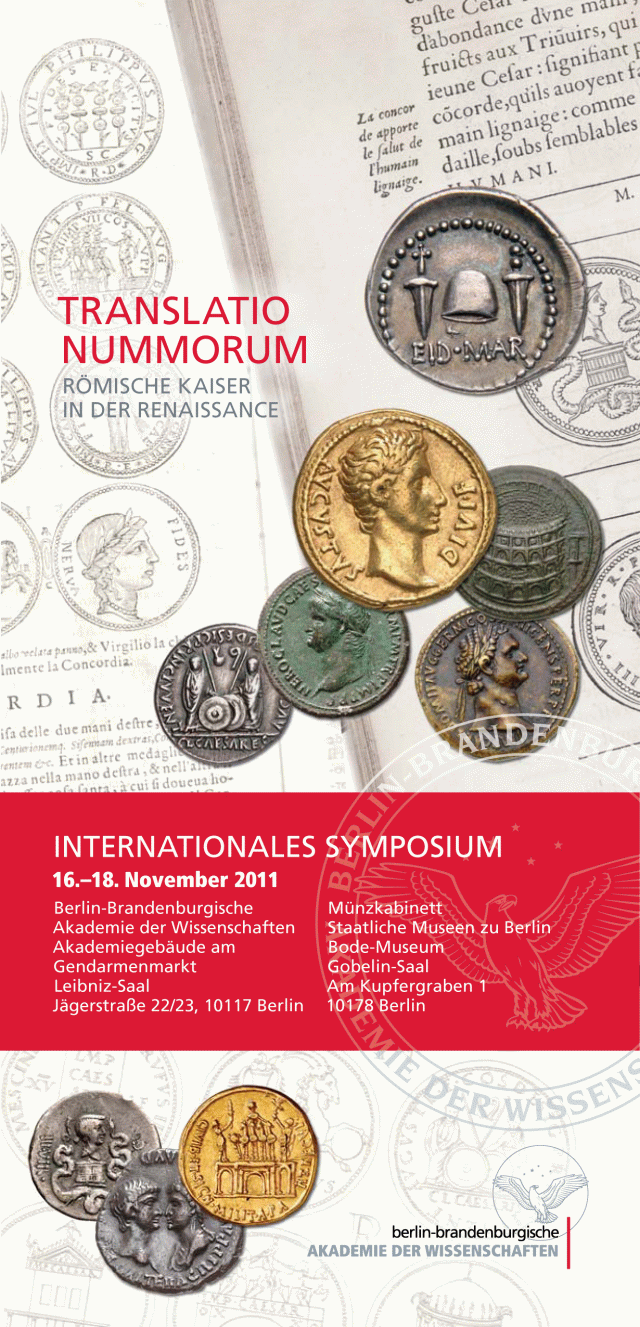Research
Translatio Nummorum
The Perception of Classical Antiquity via Ancient Coins by Antiquaries in the Renaissance
Jan Simane, Ulrike Eydinger, Lisa Hanstein

In the age of Renaissance humanism, antique coins were not only favoured collectors' items but also played an important role in rediscovering classical antiquity. Humanists recognised for the first time the high value of these coins as a source for research in the fields of history, archaeology, geography, mythology and art history. This marked the beginning of numismatics as an academic discipline in its own right.
In order to thoroughly investigate antique coins and their reception by antiquaries in early modern times, the Kunsthistorisches Institut in Florenz, the Numismatic Collection of the National Museums in Berlin (Stiftung Preußischer Kulturbesitz) and the Census of Antique Works of Art and Architecture Known in the Renaissance (Humboldt-Universität Berlin / Berlin-Brandenburgische Akademie der Wissenschaften) joined together in an interdisciplinary project, "translatio nummorum – The Perception of Classical Antiquity via Ancient Coins by Antiquaries in the Renaissance". The project was financed by the Federal Ministry of Education and Research (line of funding: "The role of translation in the humanities"). The aim of this project was to conduct a comparative analysis of the role and function of antique coins between BC 49 to AD 96, and the research, reception, and (re-)construction of ancient culture and history by scholars and antiquaries in the age of the Renaissance.
The project is based on three conceptual pillars:
- Making available all the literary and visual sources in a digital compendium
- Creation of a database with images and scientific descriptions of the original coins (if available)
- Evaluation, interpretation and integration of the sources and artefacts within the context of the Census Project
The Kunsthistorisches Institut in Florenz holds a number of the most important numismatic books from the 16th and early 17th centuries. These have been gradually digitized and transliterated, and then made accessible to the public as a digital open access collection on the Internet. Consequently, the core of a digital library of historical numismatic literature was created, a "Digital Corpus of Antiquarian Books on Ancient Coins in Early Modern Times". With generous support from the Bayerische Staatsbibliothek in Munich, the Niedersächsische Staats- and Universitätsbibliothek Göttingen, the Biblioteca degli Uffizi in Florence and the Kunstbibliothek of the Staatliche Museen zu Berlin, the number of digitized historical publications has been considerably expanded. The database is to be further complemented and upgraded.
The original coins of the Numismatic Collection in Berlin, the largest coin collection in Germany, contributed to the verification of the literary tradition. Colleagues at the Numismatic Collection in Berlin identified, described and took photos of all its coins from Caesar to Domitian, and have presented them in the interactive online catalogue.
The Census Project connects the 16th- and early 17th-century literature on ancient coins, digitized by the Kunsthistorisches Institut, with the verified original ancient coin types from the Numismatic Collection in Berlin. Incorporating these documents and reproductions into the Census database makes possible comparative study with other genres of art with a single click.
The project intends to gradually expand the digital compendium of fonts, original coins and data for interpretation beyond the initial scope.
In November 2011 the project was presented on the occasion of an International Symposium at the Berlin-Brandenburgischen Akademie der Wissenschaften as well as at the Bode-Museum in Berlin. A special exhibition at the Bode-Museum from 23.11.2012 to 15.03.2013 with the title Translatio Nummorum. Die zwölf ersten römischen Caesaren in der Renaissance (Translatio Nummorum. The first twelve Roman Caesars in the Renaissance) brought the project to a conclusion after its three-year period of activity.





